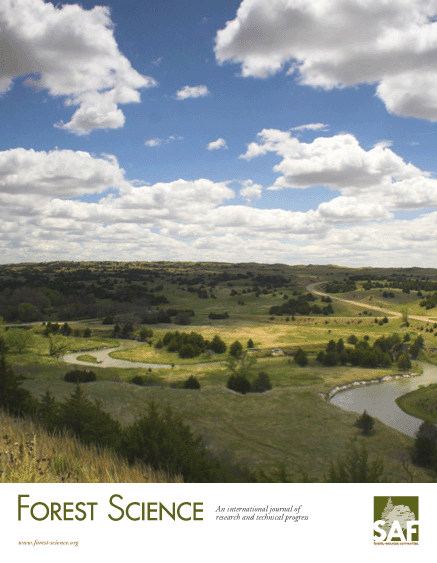-
PDF
- Split View
-
Views
-
Cite
Cite
Vincent Kint, Marc van Meirvenne, Lieven Nachtergale, Guy Geudens, Noël Lust, Spatial Methods for Quantifying Forest Stand Structure Development: A Comparison Between Nearest-Neighbor Indices and Variogram Analysis, Forest Science, Volume 49, Issue 1, February 2003, Pages 36–49, https://doi.org/10.1093/forestscience/49.1.36
Close - Share Icon Share
Abstract
Insight into forest stand structure is of capital importance for understanding forest ecosystem structure and function. The ability of two spatial methods—based on (1) nearest-neighbor indices and (2) geostatistical variogram analysis—to quantify forest stand structure and its development over short time periods was investigated in two mixed Scots pine stands. Results show that the two methods are complementary in quantifying the three components of forest stand structure: positioning, mixture, and differentiation. The principal advantage of nearest-neighbor indices was their capacity for detecting subtle structure changes; moreover, they are easy to calculate and interpret. Variograms of height and indicator variograms of presence/absence data were more complicated in their use and required more input data, but provided additional information on the number, impact, and range of structure-determining factors such as competition and management. In this context, the concept of the mark variograms is discussed. FOR. SCI. 49(1):36–49.



